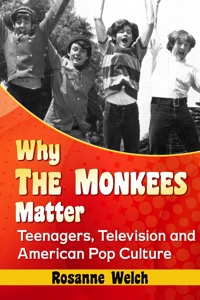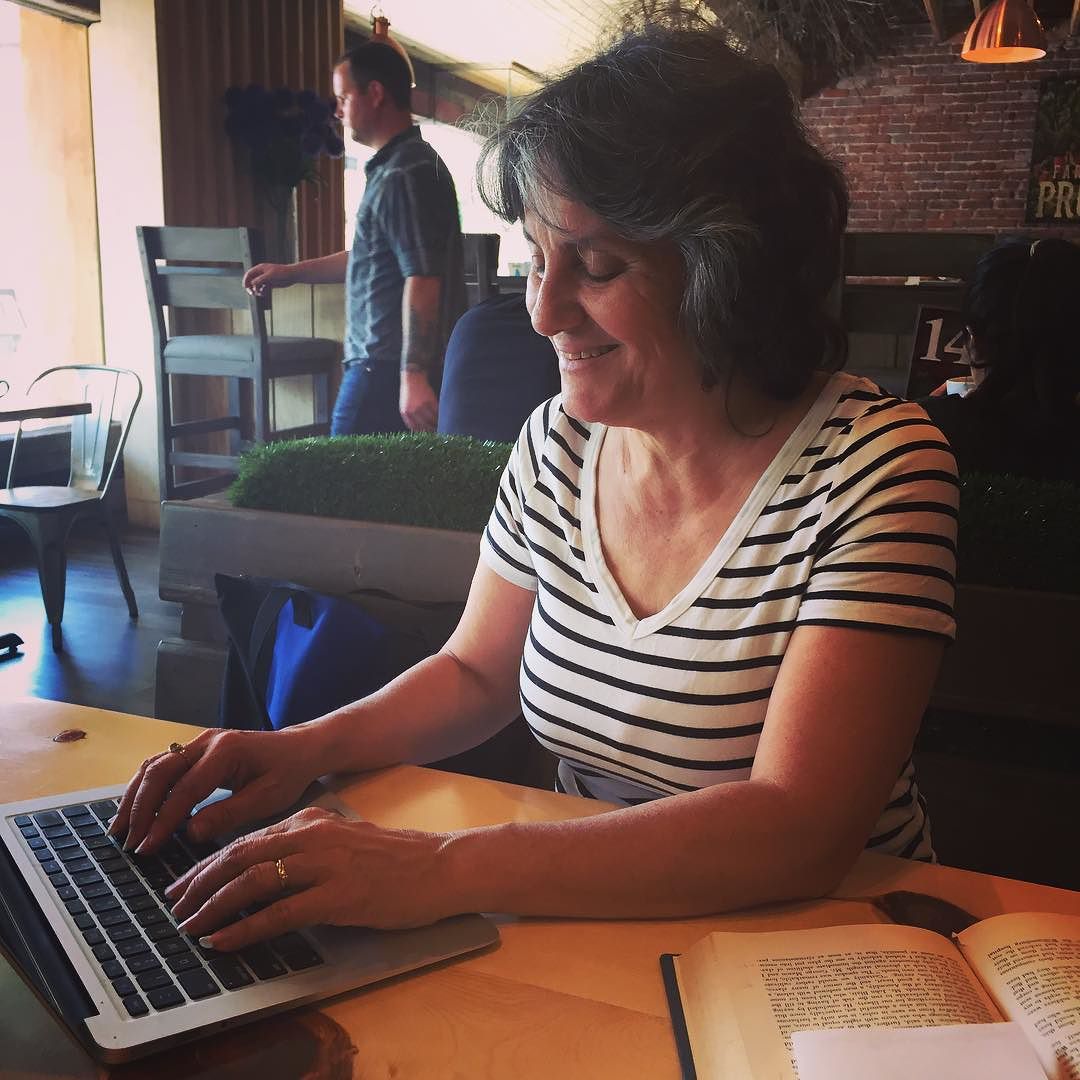A History of Screenwriting – 31 in a series – Hilarious Posters (George Méliès, France, 1907)
A worker sets up his ladder, applies some glue and puts up a fresh poster for the Parisiana Hotel amid a wall of similar adverts (and covering over a bit of anti-police graffiti in the process) in this 1907 short. After the worker leaves the scene, the happy couple from the poster comes to life and steps onto the sidewalk. When two policemen come strolling by, the figures return to their inanimate state but then reemerge to harass a passing gentleman. Soon the police join the fray and rip down the offending Parisiana poster only to find that the whole wall will come down along with it. – Robert Avila
* A portion of each sale from Amazon.com directly supports our blogs
** Many of these books may be available from your local library. Check it out!
I teach several classes for the Stephens College Low-Residency MFA in Screenwriting, including History of Screenwriting. In fact, I created the curriculum for that course from scratch and customized it to this particular MFA in that it covers ‘Screenwriting’ (not directors) and even more specifically, the class has a female-centric focus. As part History of Screenwriting I, the first course in the four-class series, we focus on the early women screenwriters of the silent film era who male historians have, for the most part, quietly forgotten in their books. In this series, I share with you some of the screenwriters and films that should be part of any screenwriters education. I believe that in order to become a great screenwriter, you need to understand the deep history of screenwriting and the amazing people who created the career. — Dr. Rosanne Welch

![Conclusion and Acknowledgements from Why The Monkees Matter Book Signing [Video] (1:48)](https://rosannewelch.com/wp-content/uploads/2017/07/wtmm-reading-16-conclusion.jpeg)


![12 : Women and The Monkees : “Why The Monkees Matter” Interview with Jean Power [Video] (1:04)](https://rosannewelch.com/wp-content/uploads/2017/07/rmw-power-12-women.jpeg)





![Personal Identity and The Monkees from Why The Monkees Matter Book Signing [Video] (0:37)](https://rosannewelch.com/wp-content/uploads/2017/07/wtmm-reading-15-identity.jpeg)